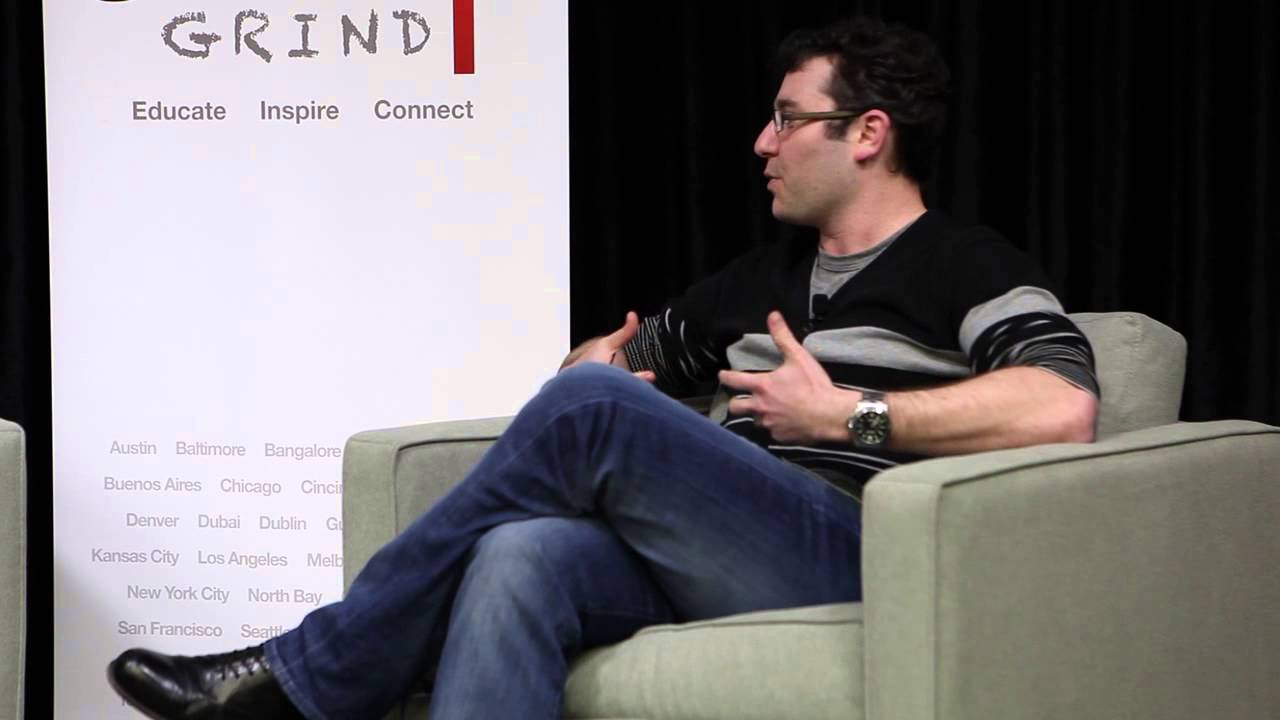Nest has enjoyed impressive growth since it launched in 2010. The company is one of the top names in the emerging Internet of Things (IoT) movement, thanks to a programmable thermostat that learns the environment around it to make automatic adjustments. In early 2014, Google acquired the company, putting it on track to become the leader in IoT.
The success of the company is no surprise, considering its co-founders were Apple engineers. Along with Tony Fadell, Matt Rogers helped develop early generations of the iPod and iPhone. The duo led a rapidly growing company that has seen its team more than triple since 2012.
Invest in Relationships
Looking back, Rogers realizes how important the relationships he forged early in his career have become. Not only is he working with his co-founder Fadell, but the two brought many of their Apple team members over once they began growing their Nest team. Long weeks spent working together building iPods and iPhones led to a bond that has followed them throughout their careers.
“Spend a lot of time investing in relationships,” says Rogers. “The guys and gals you meet, you will work with for your entire career.”
Nest’s Conceptualization
After Fadell left Apple, Rogers requested a meeting to discuss some ideas. At the time, Fadell was building a house and the two began talking about their ideas to make a more intelligent home. From this meeting, the Nest thermostat was born. Starting with just a team of three, they built Nest from the ground up, contacting suppliers and setting up manufacturing on their own.
“We had to do everything ourselves,” Rogers says. “It was great. That was a lot of the reward of those early days is really seeing everything that goes into building products. Hardware, software, manufacturing, cloud services, the apps, the design side…we had to literally do everything. Whereas at Apple, we didn’t realize how much was behind us to get things done.”
Hiring Ahead
Looking back, Rogers realizes that they made a mistake in hiring ahead when they actually needed people to help them at the phase they were in at the time. If he could do things differently, he would hire people for the startup phase, rather than hiring the person that would make the best leader two years down the road.
“You need different types of folks at different stages of the company,” Rogers says. “Sometimes it’s okay to hire someone for the job you need today and have them transition into a new role in the future.”
Software and Hardware Interaction
As many businesses are learning through IoT, combining hardware and software can be tricky. Hardware developers tend to assume the software team can fix any issues, but the software team expects the product to have a certain amount of functionality on its own. Rogers has found that hardware and software operate on completely different timescales. Software-based businesses are accustomed to fast turnaround, while hardware often takes eight weeks at minimum.
“I’m a big believer in project management,” Rogers says. “We at Nest, and actually Apple as well, put project managers in key leadership positions on programs with the idea being ‘lets make sure the interlock happens.’”
The Culture Balance
Another issue for IoT companies is combining the dramatically different cultures of cloud and hardware teams. Each team tends to have its own shipment schedule, with staff required to hold one team to allow the other team time to catch up. In some cases, problems found in hardware have to be fixed either by the embedded software or cloud software team.
“As long as we have tight communication, we’re able to solve these kinds of issues,” Rogers says. “And by doing all three kind of disciplines and doing mobile at the same time, we’re able to accomplish features we would never be able to do otherwise. By actually having each link of the chain and understanding each time the customer touches Nest, what is their experience, we’re able to create a better product.”

